Menu
You can manage your membership and billing method by clicking here
Terms of Service
Privacy Policy
Copyright © 2024 Office of Immigration Australia, a private company registered in Australia. All Rights Reserved.

Checking membership status...
 EXCLUSIVE MEMBERS ONLY ACCESS
EXCLUSIVE MEMBERS ONLY ACCESSTo access this month’s edition & Member’s only resources, enter your registered email address.

This bulletin is for members only, and provides our members with month to month updates on Australian immigration policy changes and consequential opportunities. Opportunities are found via federal and state government policy shifts for the demand and supply for certain occupations.
This bulletin will keep you up to date so that you do not have to employ expensive immigration lawyers to provide you with monthly research.
November is proving to be a BIG month for Australia, with the international borders officially opening! The Australian Federal Government has announced the ban on international travel to be lifted, but the next priority would be skilled migrants and international students entering Australia before tourists. Government officials are urging that Australia needs an explosive post-World War II-style immigration surge of 2 million migrants (new Australians) to rebuild the economy and address the worsening skilled labour shortages.
The state governments of ‘South Australia’ and ‘Tasmania’ have announced that their Skilled Migration Program is now Open to Offshore Applicants! Offshore applicants meeting the minimum published requirements can now lodge a ‘Registration of Interest’. Both these states are classified as ‘regional areas’ and as such have additional incentives given to skilled migrants and international students who consider these states for migration or study! All this and much more in the November issue of The Australian Immigration Bulletin!
Let’s take a deeper look at what has happened so far and what is planned for the remainder of November 2021 in Australian Immigration, so that you can start planning!
As legislation and travel requirements are constantly changing, we strongly recommend obtaining advice on your individual situation from a Registered Migration Agent.
Please click here to book a consultation with one of our Registered Australian Migration Agents, located in Australia.

As we’ve entered the 11th month of the year, join us for a look at the latest news and developments in the world of Australian Immigration!
We asked those who have established themselves with skilled jobs to share their experience and tips for a career in Australia.

We spoke with Karin, a skilled migrant and a nurse currently working for a private clinic in Australia.
I’m a nurse. It can be challenging, psychological speaking. You deal with a lot of carers – you’re responsible for supervising them. So you need to make sure they’re doing the right thing plus doing your own job. So that takes a lot mentally. It can be stressful.
The two things that helped me get this job were being a career in my first job and connections.
Working as a carer first was extremely, extremely important to getting my next position as a nurse.
Also, knowing the people around me helped a lot. This includes building a good circle of friends. These connections helped me get both jobs.
If you can’t express yourself in English, it’s really hard to prove that your skills are good. You can be a great nurse. But if you don’t communicate well in an interview, you’re not going to get there.
Really study English, study really hard. You’re never going to be 10 out of 10, we know that. But do your best as you build connections within your area of practice.
You want people to be sure of your skills because you have proof, and can tell them from your experience.
Don’t be afraid to tell a bit about your story – people want to know
Put your heart in it – doing a few hours of regular volunteer work can get you a long way
Develop a LinkedIn network – know how to use it well
Connections are important – knowing others and being known
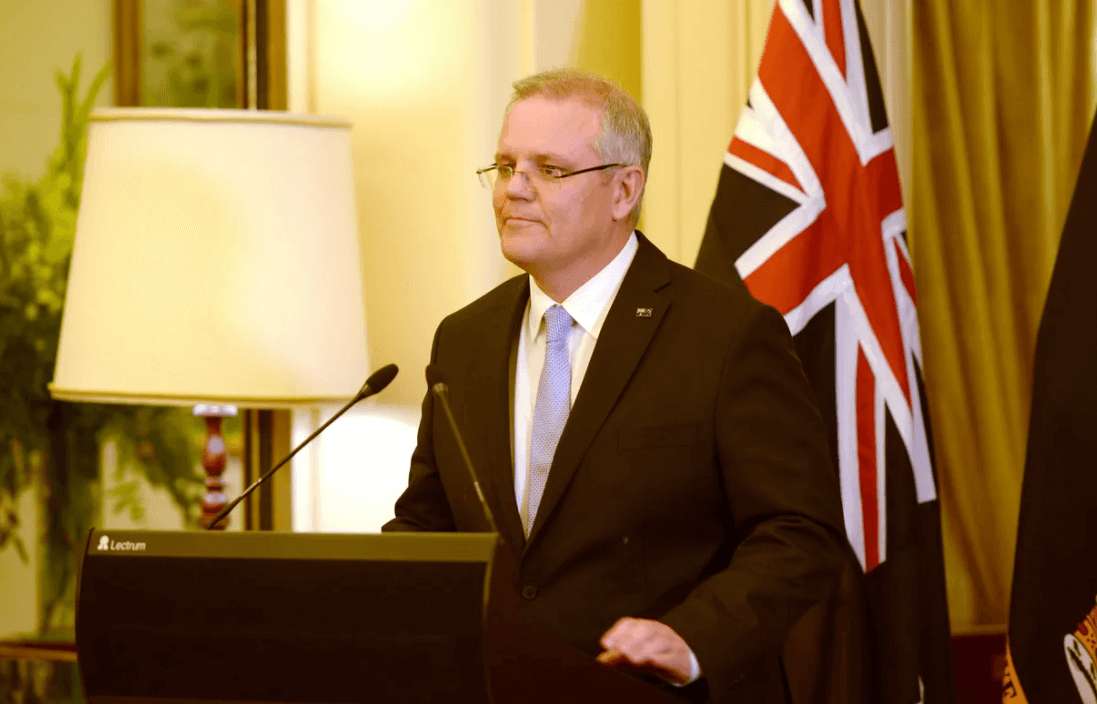
Australia will remain closed to international tourists until 2022, as Skilled Migrants and Students are given Priority for 2021
International tourists will not be welcomed back to Australia until next year, with the return of skilled migrants and students given higher priority, the prime minister said.
Prime Minister Scott Morrison said Australia was expected to reach the benchmark of 80 per cent of the population aged 16 and older having a second Covid-19 vaccination dose.
He outlined plans to allow vaccinated citizens and permanent residents to fly overseas from November for the first time since an extraordinarily tough travel ban took effect in March last year.
But Mr Morrison said that, after Australians, the next priority would be skilled migrants and international students entering Australia before tourists.
Australian immigration has been at its lowest since the Second World War because of pandemic restrictions.
The pandemic has also had a disastrous effect on Australian universities that rely heavily on fees paid by international students. The education sector fears that students will enrol in other countries unless Australia opens its border to them soon.
The prime minister said: “The next priorities are skilled migrants that are very important for the country and who are double vaccinated, as well as students who are coming and returning to Australia for their studies. We will get to international visitors as well, I believe next year.”
The Australian Tourism Export Council, which represents a sector that made 45 billion Australian dollars (£24 billion) a year from international tourists before the pandemic, wants international visitors to return by March.
Australia is racing to inoculate its population as an outbreak of the more contagious delta variant that began in Sydney in June continues to spread.
Victoria state recently reported a national record of 1,763 new local infections and 4 Covid-19 deaths in a single day.
The previous national record of 1,599 infections in 24 hours was set by New South Wales when its outbreak peaked on September 10.
New South Wales leads the other states in vaccination rates and Sydney’s airport is expected to be the first to reopen to vaccinated travellers.
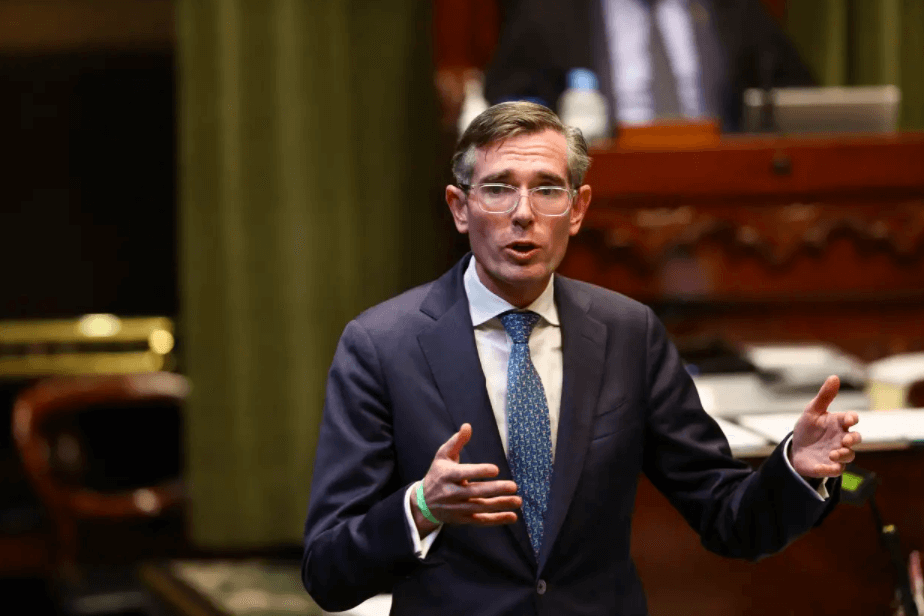
Australia’s record $218 billion public infrastructure pipeline is threatened by worsening skilled labour shortfalls, according to a warning by the federal government’s main advisory body as it backs business calls for an urgent migration boost.
Business leaders, economists, and leading edge tech executives all echoed concerns from Infrastructure Australia chief executive Romilly Madew, who said that migration will need to help fill a forecast 105,000 person gap for infrastructure jobs.
“There is no quick fix for the long term, but for short-term critical skills, skilled migration will have an important role to play,” Ms Madew said.
The remarks add to growing calls for Australia to reopen its borders as soon as possible and ease an 18-month crunch on imported labour that experts say will drain productivity, economic potential and even wages.
NSW Premier Dominic Perrottet is being urged by his top bureaucrats to back a post-World War II-style immigration wave, making up for lost population growth via a doubling of the pre-pandemic net overseas migration rate over the next five years – the equivalent of 2 million new Australians.
Mr Perrottet said in a statement that the flat-lining of international arrivals completely depleted the tourism and hospitality sectors of “tens of thousands of skilled workers and turned Sydney’s CBD into a ghost-town”.
“The longer our borders remain closed, the longer our businesses will struggle to fill critical vacancies, and grow to their full potential,” Mr Perrottet said. “Our borders are the gateway to supplies of skilled labour, migrants, international students and tourists.”
Rob Scott, managing director of Wesfarmers, supported the need to get “immigration going again”.
“All Australians benefit, and it has been a key driver of Australia’s economic success, not to mention our multicultural community,” Mr Scott said.
While the federal immigration minister declined to address the question of when Australia’s skilled migration program would resume and to what extent, there is speculation a series of measures are under consideration.
Julian Leeser, chair of the parliamentary joint standing committee on migration that in March and August released reports into skills shortages, said the situation is exacerbated by near-record-low unemployment rates.
“You need to have public confidence in the migration program,” Mr Leeser said, “If you are using migration as a tool to fill shortages that Australians don’t have the skills for, then people accept that.”
“As the government is looking to reset the migration program they will be no doubt consider matters we put forward in our reports.”
Andrew McKellar, chief executive of Australian Chamber of Commerce and Industry warned the drop in overseas migration will mean thousands of businesses are unable to operate at full capacity, risking the economic recovery.
“Migration is one of the most effective mechanisms to deliver substantial economic benefit to all Australians, as well as improving the age profile of our workforce.
“To get the economy operating at its full capacity, it is imperative that we plan to reopen international borders as soon as possible.”
“Prior to the pandemic, up to 150,000 skilled migrants entered the country every year, we’re now down to a fraction of that.
“Our recovery is not just contingent on restoring migration to these previous levels, but pushing for ambitious growth in skilled migration to realise Australia’s economic potential.”
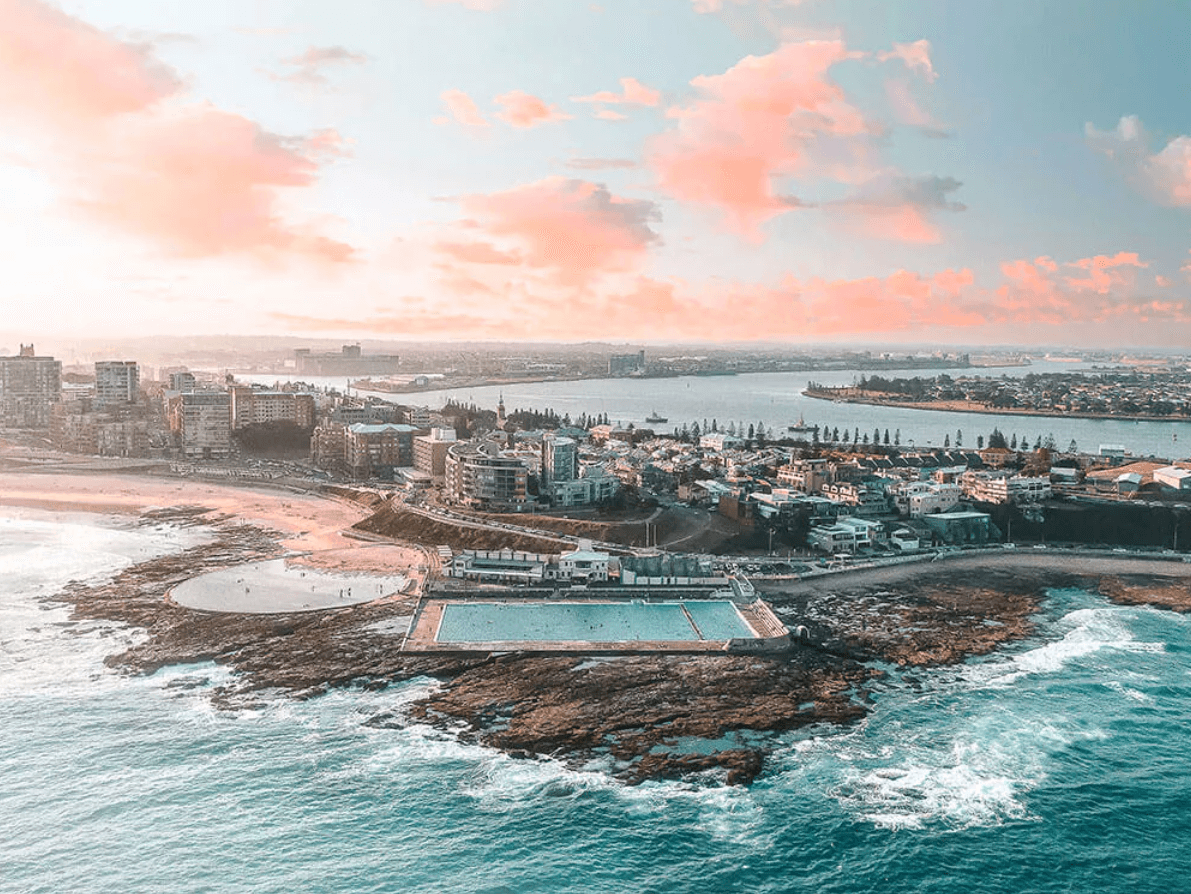
‘Regional Australia’ is defined as any area excluding Sydney, Melbourne and Brisbane. Regional areas include Perth, Gold Coast, Sunshine Coast, Lake Macquarie, Illawarra, Geelong, Newcastle, Wollongong, Adelaide, Hobart and Canberra.
The Department of Home Affairs have identified what is considered as regional areas for the purposes of the below Australian visas:
And employer sponsored visas:
The regional definition is comprised of 3 categories and offers regional incentives for skilled migrants who migrate to locations classified as Category 2 ‘Cities and Major Regional Centres’ or Category 3 ‘Regional Centres and Other Regional Areas’
Regional Incentives: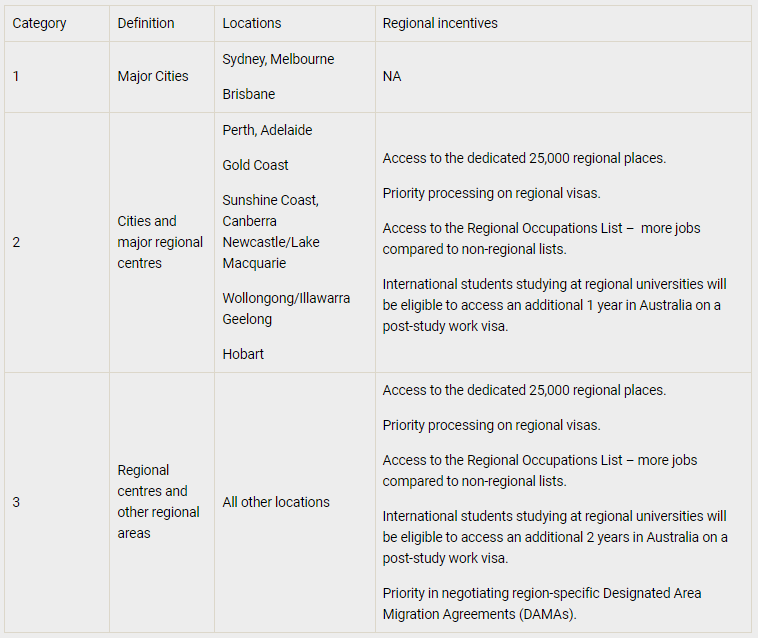
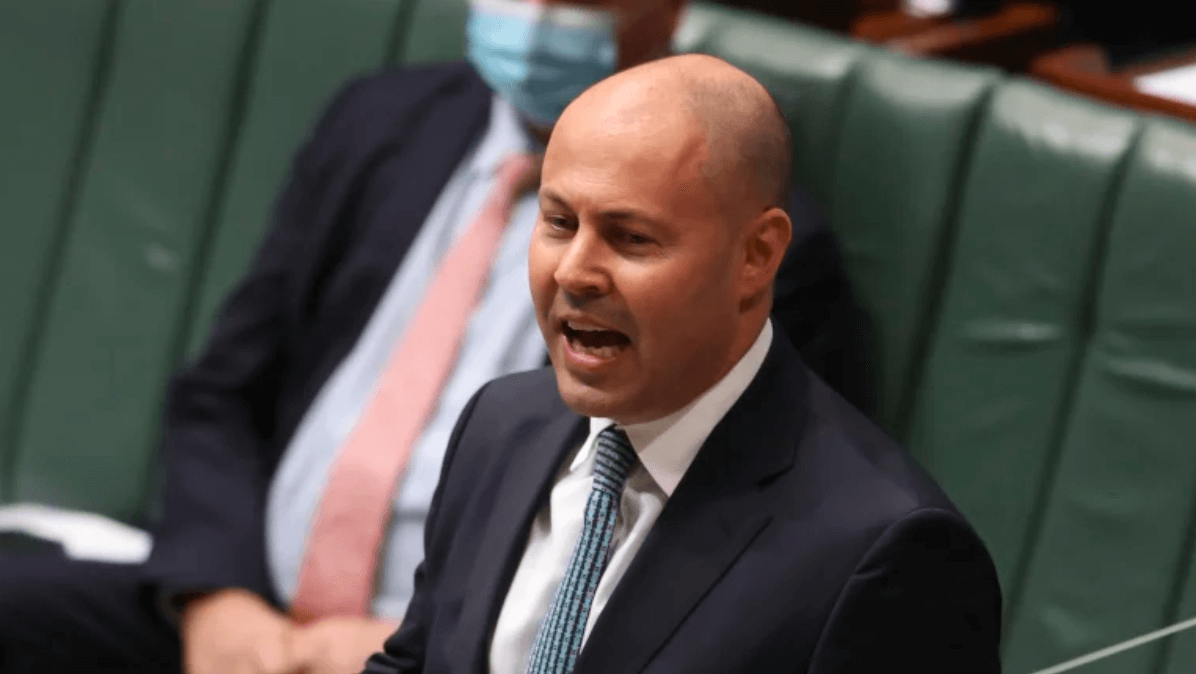
The federal government is considering a rethink of the size and mix of the nation’s migration program amid warnings the living standards of ordinary Australians will fail to keep up with much of the developed world in the wake of the pandemic.
As one of the globe’s major ratings’ agencies warned COVID-19 had delivered an enduring hit to Australia’s migration intake that would weigh on the economy for years, Treasurer Josh Frydenberg said a change in immigrant numbers and composition was being considered.
The Australian Chamber of Commerce and Industry has called for skilled migration to nearly double per year, while NSW Premier Dominic Perrottet wants a “big NSW”, with state bureaucrats pushing for Australia’s migration intake to more than double for five years.
Speaking at an ACCI event, Mr Frydenberg said the record low population growth due to closed international borders would leave the nation far behind its pre-pandemic growth projections.
“This will impact upon the economy, and including the ageing and the demographics of our population because we know that migrants tend to be of a younger age than the broader population,” Mr Frydenberg said.
“These are obviously issues that I’m thinking through and the government is thinking through, both in terms of the size and the composition of our migration program.”
Last financial year, a net 96,600 people left the country – the biggest exodus from Australia since World War I. Net overseas migration is expected this year to be minus-77,400 before a recovery next year.
In August this year, only 4900 people moved to Australia as permanent or long-term residents.
Any changes could be couched as returning immigration numbers to their pre-COVID level or targeting more skilled migrants. Australia faces a global fight for migrants to help it deal with labour shortages.
Mr Perrottet said it was important not to lose sight of the bigger economic picture.
“The pause in migration has naturally resulted in a corresponding reduction in economic activity and slowing in population growth, which has been especially felt in areas that benefit from skilled migration,” he said.
The NSW Premier said restarting international travel and building new infrastructure would help the state recover economically, “but it is only part of the solution”.
Fitch Ratings said Australia’s growth over the past four decades had been fuelled by migration, but the shock of the pandemic meant the country would pay a major economic price as immigrant numbers remained low.
So large is the hit, the agency believes the economy will be 2 per cent – or more than $40 billion – smaller by 2026 than it otherwise would have been because of the drop in migrant numbers.
“The migration shock has been rapid and we think it will take years for pre-pandemic patterns to resume. This will have huge consequences on the economy, knocking near-term potential growth and building underlying wage and inflation pressure,” the agency said.
The agency suggests this could lead to the Reserve Bank hiking interest rates earlier than 2024, particularly with labour shortages driving up wages and inflation.
The chamber of commerce released its own paper outlining how to get the economy growing, proposing a “bigger Australia” with a larger population supported by migration targets maximising economic and demographic plans alongside more infrastructure spending.
“The skills, abilities and ideas of our migrants will build upon and enhance our human and natural capital. A sustained focus on younger, more skilled migrants will counter an ageing population and the expected reduction in the tax base and competitiveness,” it said.
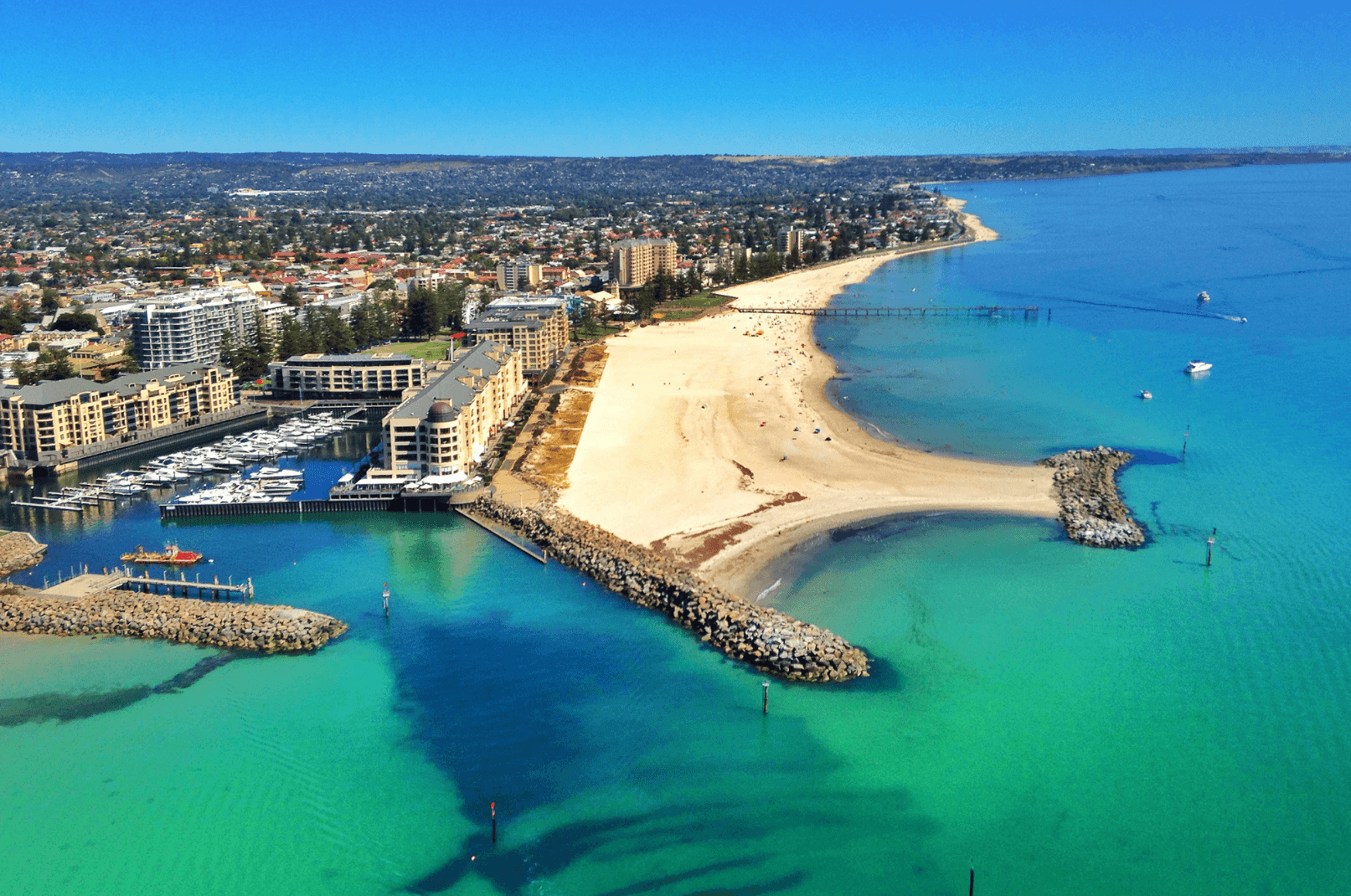
To manage South Australia’s COVID recovery response, applicants currently residing offshore are now able to apply.
The minimum requirements for state nomination include at least 8 years work experience in the occupation or closely related occupation and a proficient plus English level.
For South Australian state nomination, prospective applicants must meet the Department of Home Affairs requirements, state-specific occupation requirements and have skills in an occupation that is available on the South Australian Skilled Occupation List. Offshore applicants meeting the minimum published requirements can now lodge a Registration of Interest (RoI).
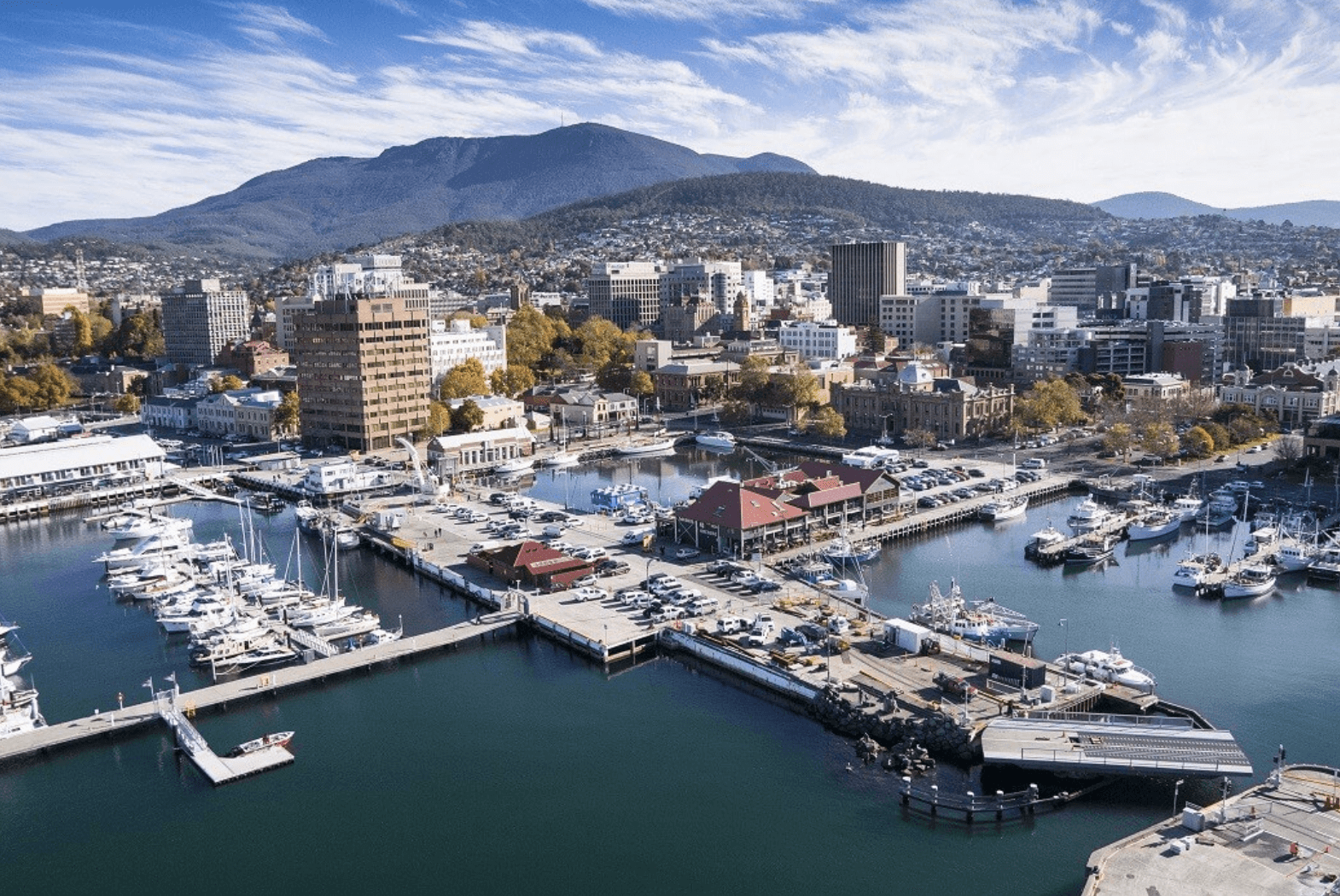
Only minimal changes have been made to nomination requirements for the 2021-22 program year. Additional guidance and clarifications for candidates are available on the Migration Tasmania website. A summary of this information is below:
Employment is not a minimum requirement for the Tasmanian Graduate nomination category however evidence of employment or business operation will be taken into consideration in our assessment where:
where candidates have been employed in the dairy, meat, accommodation, logistics or farming industry for at least the previous 6 months prior to lodging their application for nomination, they should have completed relevant industry training of at least Cert III (or equivalent training provided by industry peak bodies),
Candidates who have a skills assessment for an occupation on the Tasmanian Skilled Occupation List will be eligible for subclass 491 nomination after working in a related position for a minimum of three months.
To help demonstrate a genuine intention to settle in Tasmania, applicants who currently hold a Temporary Skill Shortage visa (subclass 482) and who have worked less than 12 months with their Tasmanian-based sponsoring employer must provide a letter of support from their current sponsoring employer.
A period of industry-based training while working with their employer may demonstrate career development prospects for lower skilled employment or substitute for existing qualifications not available in larger population centres.
The Tasmanian State Nomination Skilled Migration Program supports Tasmanian businesses and increases the state’s working age population. It does this by attracting and retaining migrants with skills genuinely in need by employers, or with the capacity to settle in Tasmania through skilled employment in the long-term, and business activities that will increase employment opportunities for locals.
Migration Tasmania’s nomination priorities are:
Applications are being considered according to these priorities, with those in critical roles nominated first.
Existing applicants who are not in critical roles are being considered only after priority applications for critical roles have been processed.
In practice, applicants in Priorities 1-3 will be approved and nominated on an ongoing basis.
Periodically, other eligible applicants will be nominated if sufficient quota places are available.
Given the limited number of nomination places available, priority 4 and 5 applicants may not receive an outcome for some weeks after their application is considered.
These roles include people:
Lower skilled positions such as retail workers, harvest labour, delivery drivers, or warehouse staff are not included as critical roles.
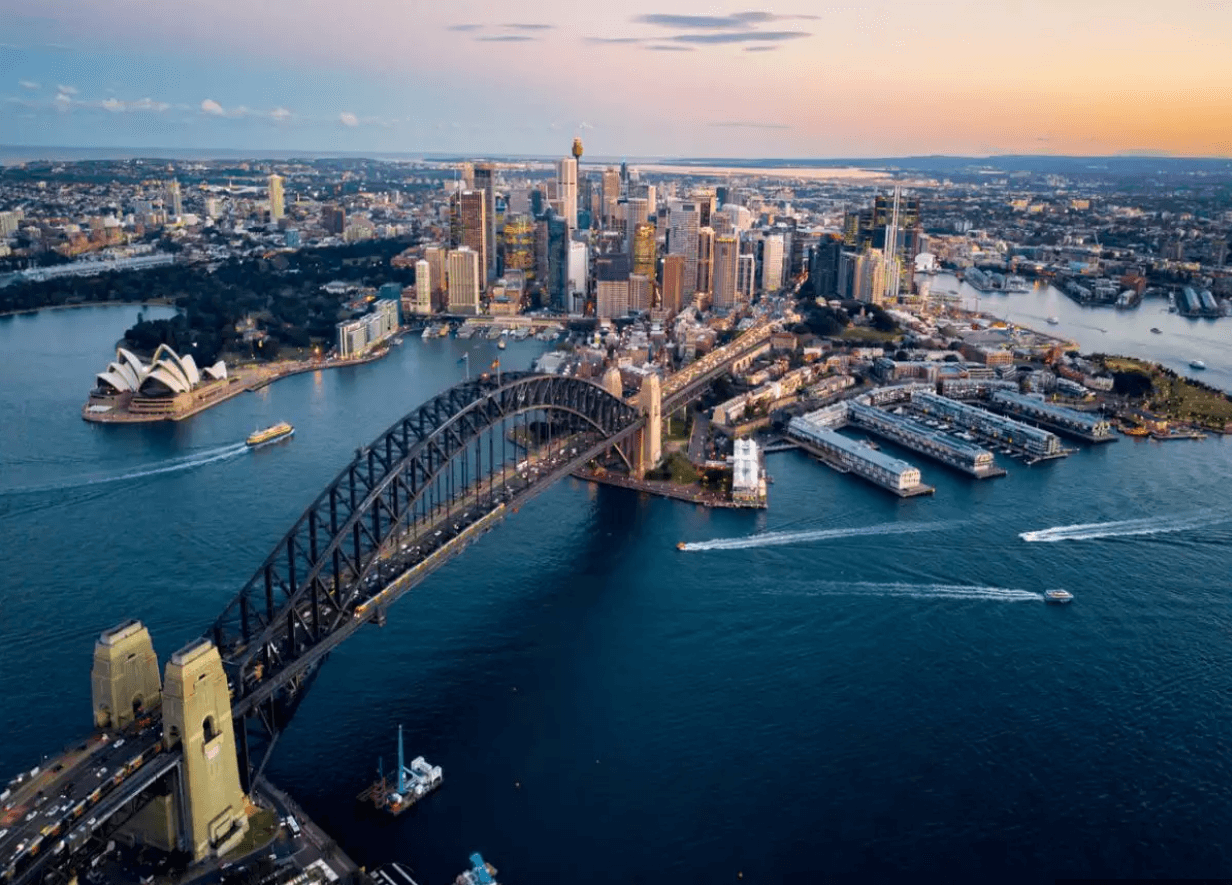
The NSW State Government invites migrants in highly skilled occupations seeking to advance their careers to apply for NSW nomination for a skilled visa.
The NSW Skilled Nominated visa (subclass 190) occupation list is by ANZSCO unit group.
To be considered during an invitation round you must have a skills assessment in an occupation that is both eligible for Skilled Nominated visa (Permanent) visa (subclass 190) and within an ANZSCO unit group identified below.
Visit the Home Affairs website to confirm your occupation is eligible for the Skilled Nominated visa (subclass 190) before you obtain a skills assessment.
NSW nomination for the Skilled Nominated visa (subclass 190) is by invitation only. Below are the steps to apply for NSW nomination:
NSW nomination for the Skilled Nominated visa (subclass 190) and Skilled Work Regional (Provisional) visa (subclass 491) are just two of a number of visa options for prospective skilled migrants.
There are a range of visas offered by Home Affairs, including both temporary and permanent employer nominated visas. You may also wish to seek advice from a registered migration agent
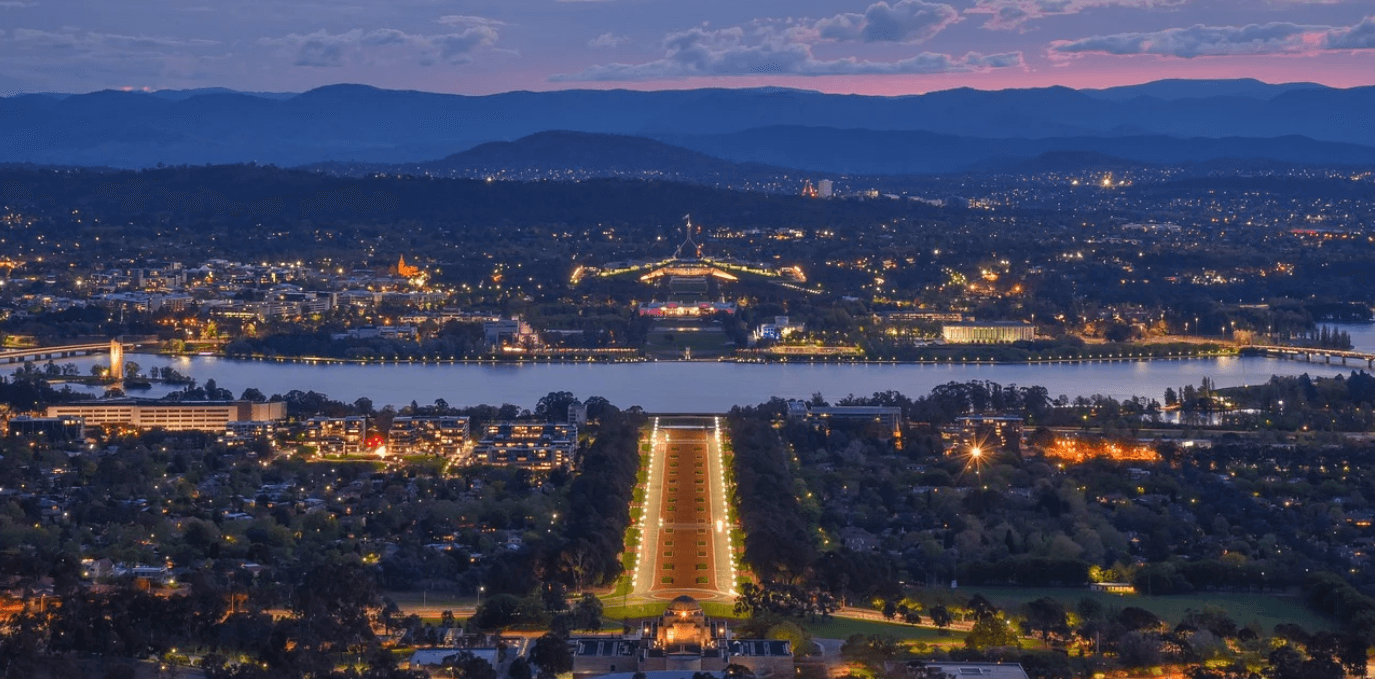
The Department of Home Affairs allows the ACT Government to nominate applicants for two types of skilled migration visas in the ACT:
Carefully check the details on the Department of Home Affairs website for each visa type to make sure that you:
Before you start the ACT nomination process, you must submit a valid expression of interest (EOI) via SkillSelect. This is an online application process administered by the Department of Home Affairs.
The ACT government manages the nomination process, but the Department of Home Affairs manages the visa application process. Please note, the ACT Government cannot answer any questions about applying for your visa.
The ACT Critical Skills List identifies the occupations in current demand in the ACT. This List is important if you want to apply for ACT nomination for either:
You can also claim points in the Canberra Matrix if your occupation in on the Critical Skills List or you are working in an occupation on the list.
The ACT Critical Skills List was last updated on 1 September 2021. It applies to all Canberra Matrix, regardless of when they were submitted.
The ACT Government will update the list every four months to make sure that the ACT Skilled Migration Program adapts and responds to the evolving critical skills needs of the ACT economy.
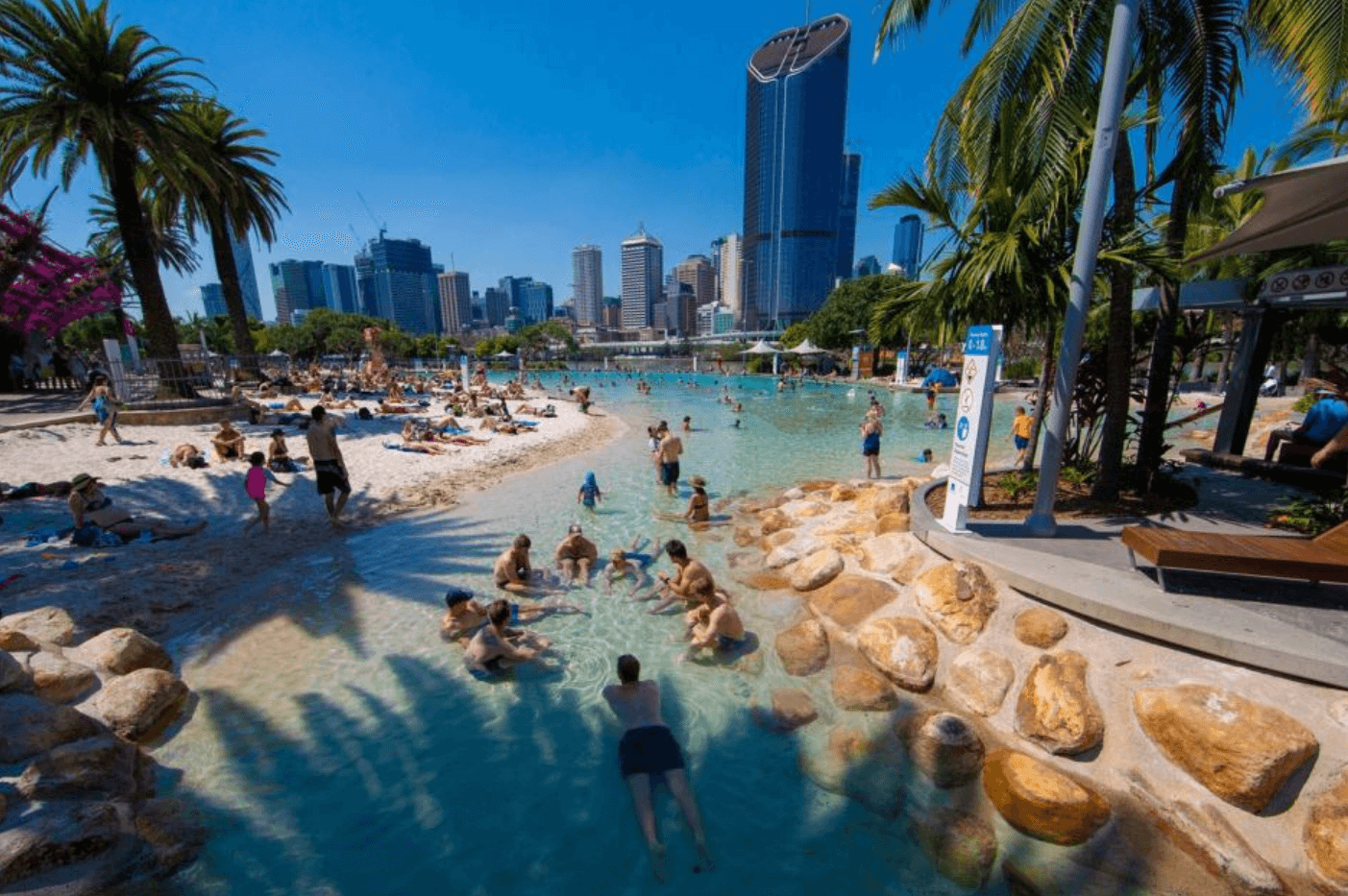
The Migration Queensland Program opening date has again been delayed, due to a final round of industry consultation by a Queensland Government Department to determine program requirements.
We are unable to provide a specific opening date but envisage the program to open as soon as this final round of consultation has concluded.
The Australian Migration Bulletin will continue to update you regarding the Queensland State Nomination migration program over the next monthly bulletins.

The Priority Migration Skilled Occupation List (PMSOL) identifies 44 occupations which fill critical skills needs to support Australia’s economic recovery from COVID-19. The list is based on expert advice from the National Skills Commission and consultation with Commonwealth departments.
Employer sponsored nomination and visa applications with an occupation on the PMSOL will be given priority processing. All other skilled occupation lists will remain active, but the PMSOL occupations will take priority.
The list is temporary and priority occupations may change as Australia recovers from the pandemic. The Government and the National Skills Commission will continue to monitor the impact of COVID-19 on the Australian labour market and assess Australia’s skills needs as they evolve and new sources of data emerge.
There has been no additional changes during the month of October to the Priority Migration Skilled Occupation List (PMSOL). Strengthened labour market testing will continue to allow numbers of sponsored skilled workers to migrate to Australia to fill urgent skills needs in critical sectors, helping to create Australian jobs and rebuild Australia’s economy.
As of 1st November 2021, 44 occupations remain on the PMSOL including (ANZSCO codes):
Applicants and existing employer-sponsored visa holders on the PMSOL can still request a travel exemption to enter Australia during the current border closures. However, the mandatory 14-day quarantine period still applies and will still be at the traveller or sponsor’s expense.
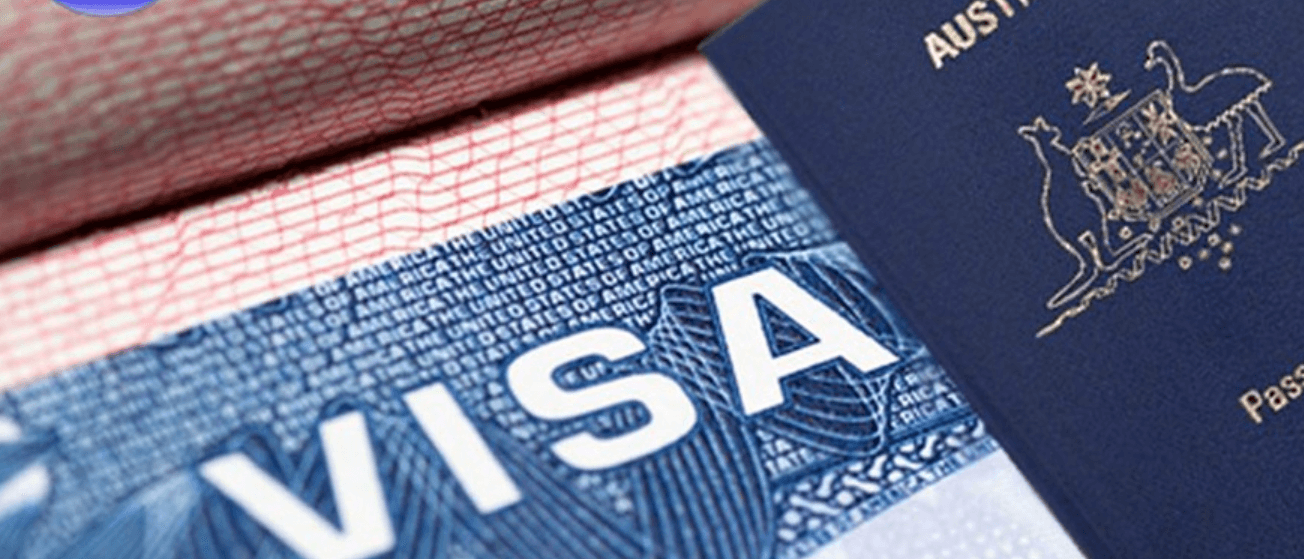
The overall points to receive an invitation has also dropped dramatically in the last few months. The results for the October 2021 invitation round are as follows (note, the minimum score for eligibility is 65 points):
Subclass 189 – The lowest score to receive an invitation was 65 points. This is a dramatic drop from the previous months, where the lowest score who received an invitation was 90 points. 65 points is the lowest for the whole year however this may happen if you have an occupation on the PMSOL.
Subclass 491 – 65 points remained to be the lowest score to receive an invitation for a subclass 491 visa. The 65 points includes the extra 15 points awarded to subclass 491 visa.
Whilst there is a drop in points to receive an invitation, many people who received the invitations are in targeted sectors. This is in line with the government aims to attract migrants to help with post-COVID-19 recovery.
We expect this trend to continue through to 2021, with people in the targeted sectors receiving priority over other sectors.

Visa applicants with occupations on the PMSOL received the highest number of permanent residency visas under the Skill stream from July 2020 to July 2021, a migration program year that was hugely impacted by COVID-19.
During this time, skilled migration focused on visa categories and occupations that could help Australia’s economy rebound from COVID-19, with priority given to cohorts who would drive economic growth, job creation and investment into the country.
Migration experts claim that occupations on the PMSOL will continue to dominate migration outcome in 2021-2022.
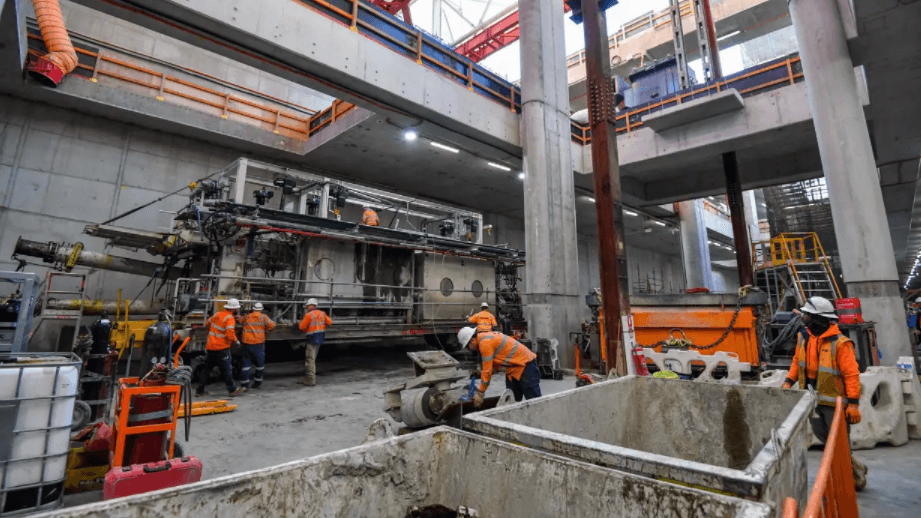
Infrastructure Australia says it anticipates job shortages could rise to 105,000 by mid-2023, as the government attempts to deliver on a $218 billion infrastructure agenda.
The federal government’s advisory body on infrastructure is warning of a large shortfall in workers needed to deliver on infrastructure projects worth $218 billion over the next five years.
Infrastructure Australia has released a report assessing the capacity of the sector to deliver on public infrastructure projects.
Activity in the sector is expected to double over the next three years, rising in annual expenditure by $26 billion to $52 billion.
Infrastructure Australia chief executive Romilly Madew said more migration will be needed to fill the forecast shortfall of 105,000 infrastructure jobs.
The report highlights “increasing risks for cost escalation and on-time delivery – as we try and manage a new wave of investment … on an unprecedented scale,” Ms Madew said at the report’s launch.
“Pursuing industry reform is no longer optional. It is essential to deliver this record wave of investment – and to secure our effective and timely economic recovery from the impacts of COVID-19 pandemic.”
Shortage of engineers, architects, scientists and more..
Peak labour shortages are expected, including shortfalls of 70,000 engineers, architects and scientists; 15,000 staff in structural and civil trades; and 19,000 project management professionals, and more…
However, the workforce in Victoria, Tasmania and Queensland will need to double in size to meet the increase in activity in the sector.
The report is the agency’s first comprehensive examination of the skills and materials needed to deliver Australia’s infrastructure projects in the future.
It recommends collaboration between government and industry is needed to boost the capacity of the sector, which has been constrained by the pandemic restrictions on the labour force.
The report says a strategy for skilled migration will be needed for Australia to remain competitive when it comes to recruiting labour.
“However, even with migration playing a significant role, access to some skills, such as to civil engineers, are still likely to be inadequate,” the report warned.
Peter Colacino, chief of policy and research at Infrastructure Australia, said the skills shortage is being exacerbated by peak investment in the infrastructure sector.
“It really is a critical challenge of immense scale,” he said at the report’s launch.
“The challenges that we see facing the sector now are on par with the challenges associated with the resource construction boom.
“It is similar levels of elevated activity, which is just around five times greater than the challenges we saw during the last skill shortage, which was between 2017 and 2019.”
NSW Premier Dominic Perrottet earlier this week signalled his intention to increase the level of skilled migrants now that the state has begun the first stage of its reopening roadmap, exiting lockdown.
“We need to get the borders opened up. Then we need to market to those overseas countries to get some of those skilled migrants in because if we lose this opportunity, those skilled migrants will go to other countries,” he said.
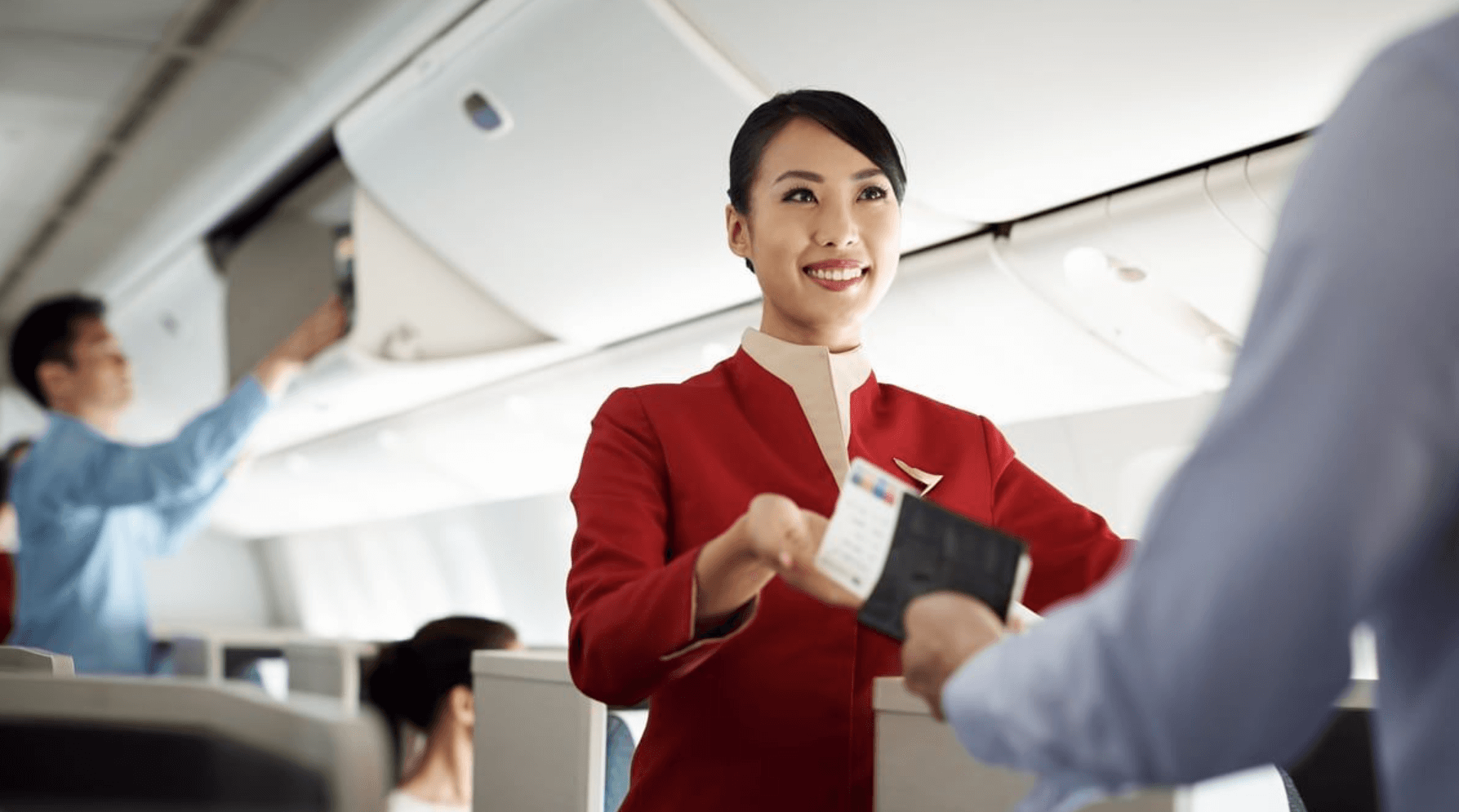
Cathay Pacific has joined the growing list of airlines returning to Sydney from November 1, when New South Wales removes all quarantine requirements for the fully-vaccinated and Australia scraps its international travel ban.
The Qantas partner and Oneworld member will make all seats on its Hong Kong-Sydney flights available for travellers beginning their journey in Hong Kong or connecting from other parts of the world, subject to transit requirements, and provided they are “fully-vaccinated Australian citizens, permanent residents and their immediate family.”
Cathay Pacific has confirmed the following restart schedule to Executive Traveller, effective Monday November 1, 2021:
Hong Kong-Sydney
Sydney-Hong Kong
All flights are on Cathay’s Airbus A350-1000, with 46 of the airline’s latest business class seats (below, 32 premium economy recliners and 256 seats in economy.
Double-jabbed travellers from Australia also book onto the Sydney-Hong Kong flight, although given Hong Kong’s strict entry requirements – which include 14 days of quarantine – that’s more likely to be the first leg of a longer journey to other destinations on the CX network.
Passengers can transit through Hong Kong under the following conditions:
Cathay Pacific has also temporarily designated The WIng Business Class lounge – at the top of the airport’s main terminal, across from gates 1-4 – as a dedicated transit lounge, with The WIng First Class being set aside for passengers starting their journey from Hong Kong.
Both lounges open at 5.30am, in time for the first Cathay Pacific flights of the day.
Cathay’s upscale The Pier lounges remain closed, and as previously reported, the The Bridge lounge – nestled between gates 35-36 of the airport’s West Concourse, just before the terminal split into north and south piers – will remain permanently closed, along with the Qantas Hong Kong Lounge.

Australia needs an explosive post-World War II-style immigration surge that could bring in 2 million people over five years to rebuild the economy and address worsening labour shortages, according to NSW government advice to new Premier Dominic Perrottet.
Top bureaucrats have urged Mr Perrottet to seize the national leadership initiative by pushing a “national dialogue on an aggressive resumption of immigration levels as a key means of economic recovery and post-pandemic growth”.
“An ambitious national immigration plan similar to Australia’s post-World War II approach would ensure Australia would benefit from skills, investment and population growth,” Mr Perrottet was told in the advice.
The top-secret, politically sensitive document was prepared by the NSW government as part of an incoming premier’s brief put together by the Department of Premier and Cabinet. It is understood the advice was delivered to his desk in October when he took up the job.
In a sign the new NSW Premier is taking the advice seriously, Mr Perrottet said the borders need to be opened up amid a “general labour” shortage to ensure a healthy economic recovery.
He said, “If we lose this opportunity, those skilled migrants will go to other countries. We won’t get those engineers, those accountants, etc, they’ll commit to other projects. I think by next year we’ll see a very different sort of immigration policy, and I hope we’ll start to see more people coming in and filling those jobs.”
Population growth since the pandemic has collapsed after federal and state governments unwittingly embarked on one of the most wide-reaching post-war policy experiments ever conducted by closing off immigration, a mainstay driver of jobs and economic activity in Australia for decades.

The number of subclass 500 visa applications lodged by onshore applicants has declined since the outbreak. However, the decline is not drastic as applicants are already onshore, and the border closure would have a lesser impact than offshore applicants. Some onshore applicants may also re-apply for a student visa to extend their stay in Australia as they cannot travel back home. Overall, the reduction in subclass 500 applications for onshore applicants is relatively minimal compared to offshore applicants.
Statistics from the Department of Home Affairs indicate the rapid decline of subclass 500 visa applications lodged by offshore applicants. This is understandable because the closure of borders has a significant impact on the applicant’s ability to travel to Australia. In most months since April 2020, the decline in the number of applications lodged has been more than 50% compared to the previous year.
To combat the negative impact of COVID-19 on the education sector, the government has put in place measures to support the education industry. Some of the support measures include:
Although some students may decide to enrol to study online, the impact of COVID-19 on the education sector will last over some time. Until travel restrictions are removed, many students will be impacted.
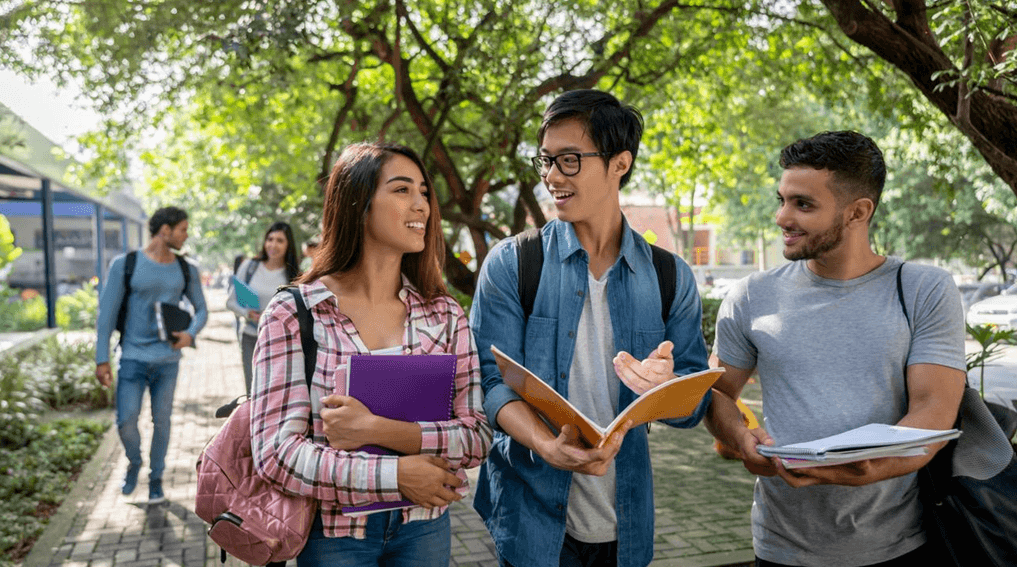
The Department of Home Affairs has a new initiative for an additional Temporary Graduate visa with an extra one or two year of post-study work rights for international students who:
The second Temporary Graduate visa will require ongoing residence in a regional area.
The definition of regional Australia for this purpose will be the same as the definition for skilled migration – all of Australia excluding Sydney, Melbourne and Brisbane.
In order to be eligible for this visa extension, students need to have graduated from a regional institution, and resided (including all work and study) for at least two years in a regional area immediately before applying for their second 485 visa. The second Temporary Graduate visa is also available to current post-study 485 visa holders who graduated from a regional institution, and who will have resided (including all work and study) for at least two years in a regional area immediately before applying for their second 485 visa. Visa application fee is $650 main applicant, $325 for spouse or partner and $165 for children under 18.

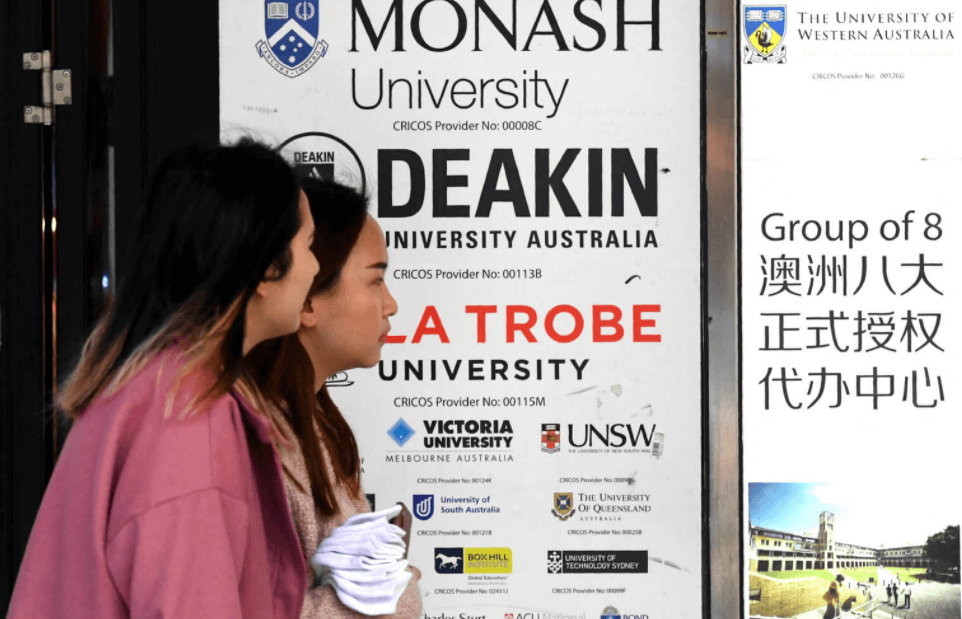
International students are crucial to policies on Australia immigration post-pandemic to ensure an additional steady supply of skilled and seasonal workforce. The hard borders erected to keep COVID-19 have, however, plunged the migrant workforce it depends on into “a great crevasse” in 2020 after a boom from the mid-2000s.
“Over the last 10 years or so, we’ve been adding 200,000 to 250,000 migrants per year. So we go [from this] to minus 94,000 in the 2021 financial year,” says renowned demographer and columnist Bernard Salt. “So you can see the swing that’s taking place … it’s like falling into a great crevasse.”
Salt was presenting in the plenary session “The skills shortage: how international education can lead Australis’s recovery” at the Australian International Education Conference 2021.
There were 7.7 million migrants in Australia in 2020, the majority of which come from the UK, India, China, New Zealand, the Philippines, Vietnam, South Africa, Italy, Malaysia, Sri Lanka, Nepal and South Korea.
“That’s about 30% — the great immigrant nation [of the US] isn’t anywhere 30% — it is 15%. Even if you add another five points for illegals, it’s 20%,” says Salt. “We are an outlier. We are an extraordinarily multicultural nation, quite used to large numbers of people coming in and contributing to the Australian lifestyle.”
In the 2020s and the 30 years that follow, Australia’s baby boomers (people born from 1946 to 1964) are leaving the workforce, a trend that started from 2011 onwards. “We kind of already knew that, but if in 2020-21, you stop overseas immigration and students coming into Australia, you would exacerbate the baby bust, which is where we are at the moment.”
“This was always in the cards. We’re always going to have to invest in skilling Australia — that’s why we lifted the levels of immigration. That’s why we’ve supported international students to offset the impact of the baby bust. All the pandemic has done has been to accentuate that so we lift that, drive it, and recover from it.”
Salt predicts this recovery of Australia immigration post-pandemic will begin in 2022. Past trends show similar big dips in the number of international students, for example, when the Australian dollar was at a high value.
“My point here is when you look back in time, it’s painful at the time but there is an underlying market for what Australia has to offer and we do actually recover from that, which is positive,” Salt says.

The visa subclass 485 is for international students who have completed two years of study in Australia. Depending on the situation, it can last between 18 months and four years and allows successful applicants to live, work and study in Australia temporarily.
Currently, those stuck offshore on 485 visas cannot extend, freeze or reapply for the visa.
While the government has allowed international students to apply for TGVs while they are offshore to reduce the impact of COVID, but that doesn’t help the thousands of people who already have a TGV but are stuck overseas while the time left on their visas tick away.
Assuring that a reprieve is on the cards, immigration minister Alex Hawke on 30 September signalled that the government would be announcing some visa concessions for existing 485 visa holders stuck offshore “in the coming weeks”.
Responding to a query raised during a virtual press conference, Minister Hawke said the government is “very conscious” of this issue.
We’ll make some announcements in the very near future: Immigration Minister
“As I’ve said in the beginning of the pandemic, every visa announcement we’ve made has sought to give people leniency, to give them flexibility and to give them opportunities to take advantage of what has happened to them.
“So, sometimes for a person offshore, they may want a refund. For some people offshore, they might want an extension of their visa. Some people might change their plans. We’re working on how to make sure we accommodate everything that’s happened to people through no fault of their own,” Minister Hawke said.
The minister said that he was working closely with the education minister on developing these plans.
“The temporary graduate visa holders do a lot of good in Australia and we’re very conscious of that. We just have to be careful about the quarantine arrangements,” Mr Hawke said.
Adding to the narrative, Prime Minister Scott Morrison said the resumption of skilled migration is an important part of Australia’s economic plan. “This is a big and important part of our plan. And so that’s why I want to assure you that we have a very high motivation to see this result. There are lots of issues, COVID is incredibly complex in terms of making your way through, but we are very clear about what our goal is,” he said during the press conference.
According to the Department of Home Affairs figures, there are nearly 14,000 TGV holders who are currently outside Australia.
On 23 September, the Greens announced that they will introduce new legislation to extend and reinstate visas for temporary visa holders, including TGVs.
Senator Nick McKim, the party’s immigration spokesperson, said that the legislation would automatically credit a temporary visa holder’s visa with the amount of time people have spent overseas until they receive an inward exemption or the borders reopen.
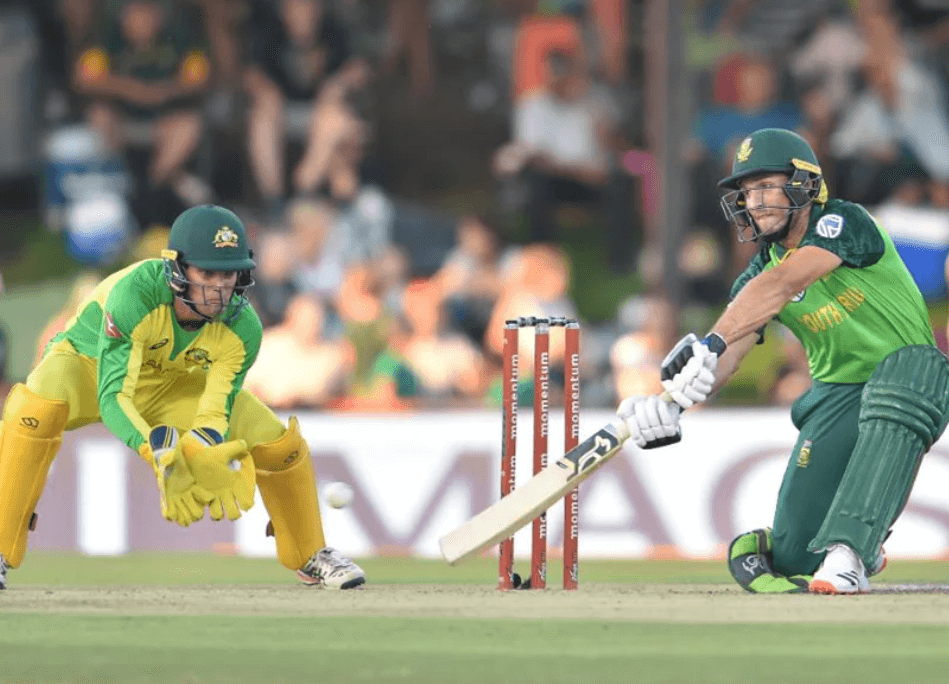
Australia beats South Africa in the Cricket T20 World Cup . October 2021

Australia beats Japan 63-30 in the rugby union spring tour. October 2021
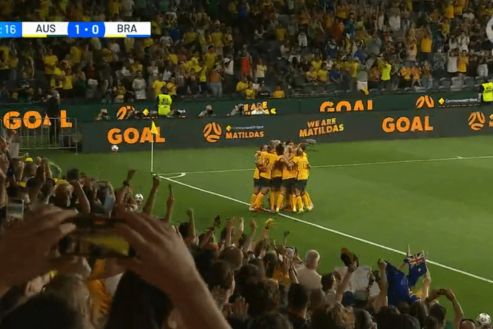
Australia beats Brazil 3-1 in women’s soccer. Sydney, NSW. October 2021

Penrith Panthers beat the South Sydney Rabbitohs 14-12 in the Rugby League Grand Final. Queensland. October 2021
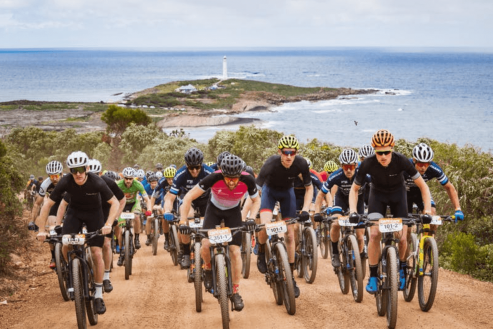
Strong competition at the ‘Cape to Cape’ 4-day mountain bike stage race! Margaret River, Western Australia. October 2021

“Cheers” at the Coonawarra Cabernet Celebrations Festival. Coonawarra Wine Region, South Australia. October 2021

Good times with friends at ‘Regional Flavours Festival’. Brisbane, Queensland. October 2021
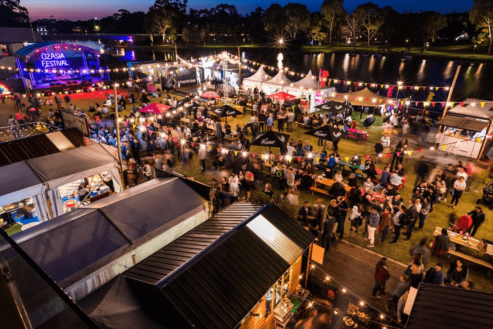
Creativity gathers at the ‘OzAsia Art Festival’. Adelaide, South Australia. October 2021

Sunrise at ‘Sculpture by the Sea’ Festival. Bondi, Sydney, NSW. October 2021
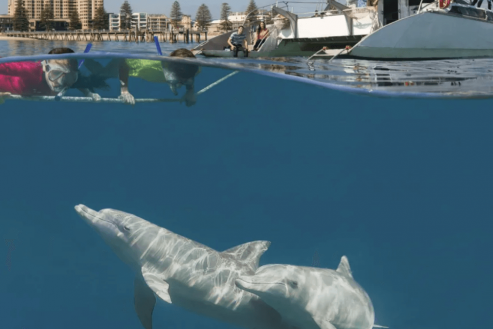
Kids playing with the dolphins! Queensland. October 2021

Fairy penguin date-night captured. St Kilda, Melbourne, Victoria. October 2021
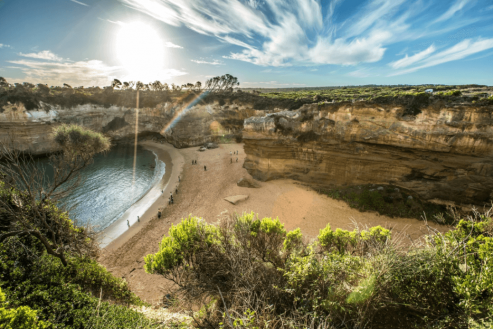
Sunset at Loch Ard Gorge, Great Ocean Road, Victoria. October 2021
As legislation and travel requirements are constantly changing, we strongly recommend obtaining advice on your individual situation from a Registered Migration Agent. Please click here to book a consultation with one of our Registered Australian Migration Agents, located in Australia.






You can manage your membership and billing method by clicking here
Terms of Service
Privacy Policy
Copyright © 2024 Office of Immigration Australia, a private company registered in Australia. All Rights Reserved.